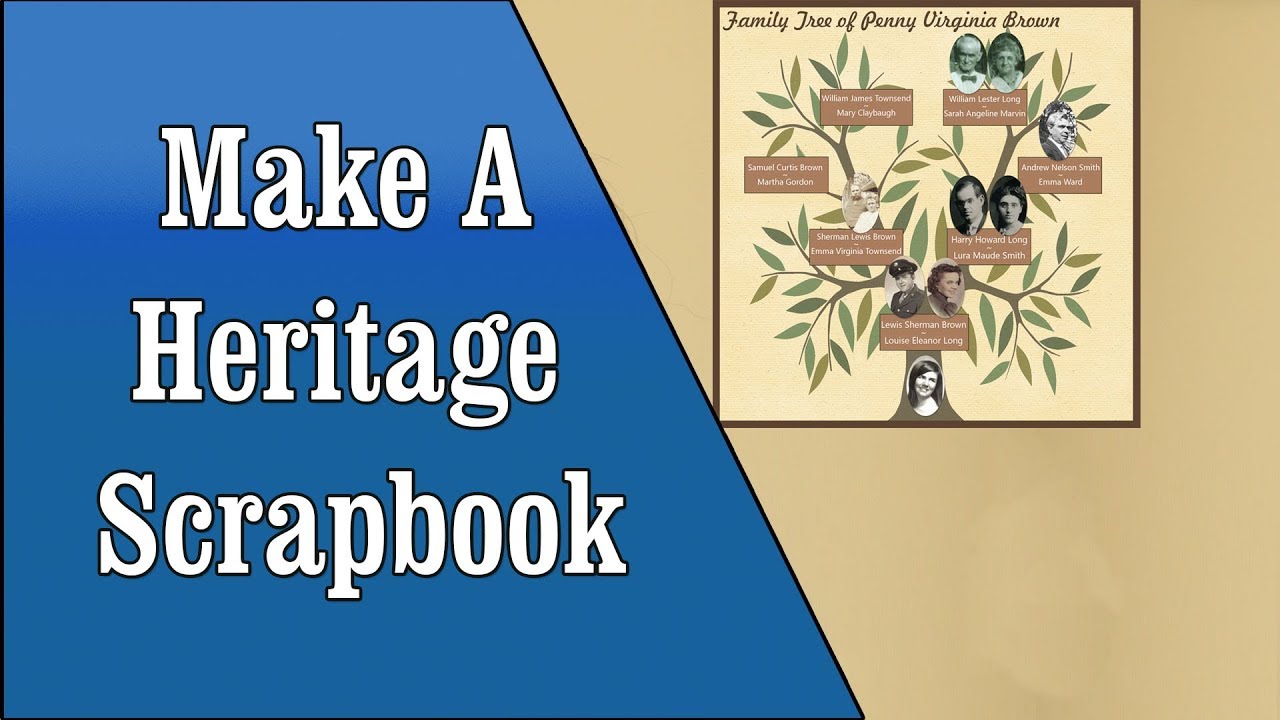
Create a Heritage Website or Scrapbook
In a world rapidly transforming, where the future seems to speed towards us with each passing minute, taking the time to look back and preserve our heritage is more important than ever. With the stunning advancements in technology, it’s now easier to capture the essence of our past and preserve it for future generations. Two popular methods for safeguarding our personal and collective legacies are through creating a heritage website or crafting a scrapbook. Each offers a unique way to honor, remember, and share the stories that define us.
Building Your Heritage Website
A heritage website can serve as a digital time capsule, a place where family histories, cultural traditions, and treasured memories are curated and displayed for anyone to explore. To begin building your own heritage website, here are the steps to follow:
Set Your Vision
Before you start designing the website, ask yourself what you want to achieve. Are you looking to document your family tree, share stories of your ancestors, or perhaps showcase a collection of traditional recipes? Having a clear vision will guide the development of the site.
Collect Your Content
Start gathering photos, documents, audio clips, and any other relevant materials. These will form the backbone of your website’s content. In this phase, it’s also a good idea to speak with relatives or community members who can contribute stories and provide context to the items you are collecting.
Choose a Platform
There are many website builders available that are user-friendly and require no coding experience. Platforms such as WordPress, Wix, and Squarespace offer templates and tools specifically designed for creating beautiful galleries and interactive timelines that can help you present your heritage in a compelling way.
Organize and Design
With your materials at hand and a platform selected, begin organizing your content logically. Create categories, such as Family History, Traditions, Artifacts, and so on. Then, design your website to be intuitive, with an easy-to-navigate layout that invites exploration.
Share and Engage
Once your website is live, share it with friends, family, and community members. Engage with visitors through comment sections or forums. Interaction can lead to new anecdotes and insights that enrich your heritage website even more.
Keep It Updated
Your heritage website is not just a static archive. It’s a living document that should evolve. Regularly adding new findings, photos, and stories will keep the site alive and relevant for all who visit.
Crafting Your Heritage Scrapbook
If you feel more drawn to a tangible project, creating a heritage scrapbook can be a deeply personal and rewarding experience. Here’s how to craft a scrapbook that tells your heritage story:
Gather Materials
First, collect the items you want to include in your scrapbook. Look for photos, letters, certificates, newspaper clippings, and other memorabilia. If some items are too precious or bulky, you can use high-quality scans or photographs instead.
Choose the Right Scrapbook and Tools
Select a scrapbook album that will accommodate the size and amount of your materials. Remember to use archival-quality products (acid-free, lignin-free) to ensure the longevity of your scrapbook. Invest in good adhesives, cutting tools, and pens that are safe for preserving historical documents and photos.
Plan Your Layout
Before gluing anything down, arrange your materials on the pages to plan the layout. When you’re satisfied, you can carefully affix each item. If you want to maintain the original state of your artifacts, use photo corners or other non-permanent methods to secure them to the pages.
Add Captions and Stories
Every item in your scrapbook tells a part of your story. Use captions and journaling to provide context and share the stories behind the artifacts. Be as detailed as you can – future generations will thank you for the information.
Get Creative
Your scrapbook is a canvas for your creativity. Incorporate decorative elements that reflect the cultural or historical context of your heritage. Use themed papers, stickers, and stamps to add visual interest and depth to your pages.
Protect Your Work
Once your scrapbook is complete, keep it in a protective case or sleeve and store it in a cool, dry place away from direct sunlight. This will help ensure that your heritage scrapbook can be enjoyed for many years to come.
Benefits of Preserving Your Heritage
Whether you create a digital website or a physical scrapbook, there are incredible benefits to preserving your heritage:
- Connection to the Past: These projects create a bridge between the past and the present, offering a sense of identity and roots.
- Educational Value: Heritage projects can serve as learning tools for younger generations who wish to know more about their heritage and history.
- Sharing with the World: A heritage website, in particular, can reach a global audience, connecting you to relatives and enthusiasts from all corners of the earth.
- Personal Fulfillment: The process of creating these projects is rewarding in itself, providing a creative outlet and a sense of accomplishment once completed.
Conclusion

In a fast-paced digital world, it’s easy to lose touch with our roots. By taking the time to create a heritage website or scrapbook, you help preserve the essence of who we are for future generations. This act not only honors the past but also enriches our present with a deeper understanding of our histories and ourselves. It’s an endeavor that tells the world: our stories matter, and they will not be forgotten.
Remember, a heritage project is not just about preserving the old but also about making new memories. As you embark on this project, appreciate the journey, for you are the storyteller, the archivist, and ultimately, the keeper of your unique legacy.